We can name all these names, and we collectively call them mystics, but is it possible to find some defining thread of meaning and experience that would allow us actually to say what a mystic is? Perhaps if this were possible, it might bring us a step closer , not just to understanding them, but to experience in some way the things which they experienced, to share with them these remarkable insights which go deeper than our own everyday experiences.
One thing is very clear, even from this brief list of names: mysticism is gender-blind. Both men and women were and are regarded as mystics of equal stature. Even in a church whose hierarchy was and is essentially male-dominated, the mystics of the Middle Ages often were women who moved in a man’s world, and still made their mark on history. I think of Hildegard, who in contemporary accounts was described as being small and slight of stature, but who nevertheless negotiated her way through a world dominated by the bishops who were her superiors to gain respect and recognition for her visions and insights.
But if gender is irrelevant to mystic experience, what qualities tie such mystics together? What line binds Pythia to Hildegard, so remote in time from each other? What links the Lebanese Gibran to the Bengali Tagore, who might have been separated by their different cultures, but who nevertheless were each other’s contemporaries? We might say the obvious, and name their devotion to their beliefs. All mystics were on a quest, and this quest took the form of a need, even a passionate desire, to have a contact in some form with a deeper aspect of their faith. For a mystic, doctrine was not enough. A mystic desired something more, something beyond the borders that others had erected around their particular faith. A mystic was – and is – seeking a direct experience of the Divine.
Such a path cannot be trodden by careful route planning, by wondering what we are going to do next, by thinking carefully about the thoughts that might or might not guide us. Such thoughts are only distractions. A mystic does not walk a path. A mystic is the path, and total trust and surrender are the companions along the way. Every movement is a movement made in love, and every gesture is a gesture of love, of love for the inexpressible Divine.
When Julian of Norwich said that ‘all shall be well’, I do not believe that it was an expression of hope. I feel that she made the statement out of total certainty. She knew with every fibre of her being that it would be so, even though the end of her journey was not yet in sight.
Photo: sculpture Teresa of Avila by Fr. Lawrence Lew



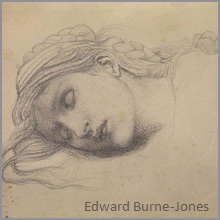

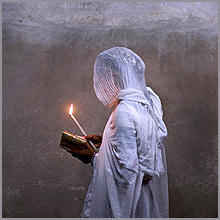
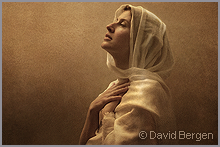

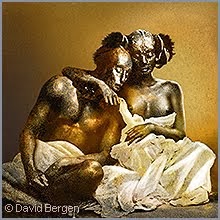



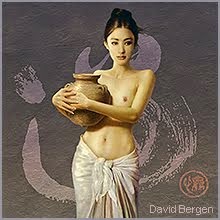

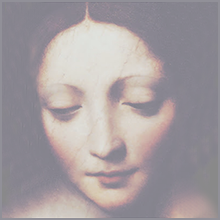
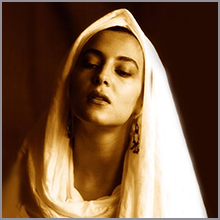
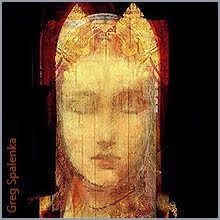
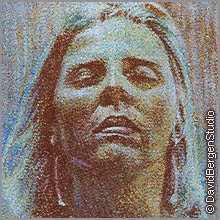











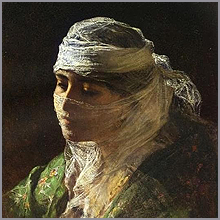


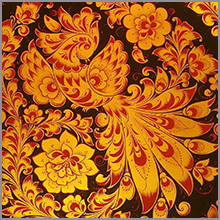

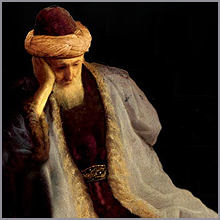
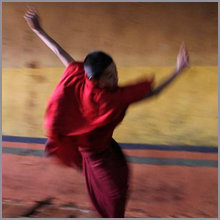




This wonderful blog, The Mystic Heart, highlights key insights as well raise intriguing questions. One key insight Emma has made is when she states, "Such a path cannot be trodden by careful route planning...." This is an important point because mysticism cannot be defined by the rational mind, by analysis and thought. Thoughts can only exist in time and space. The mystic’s insight delves into the very source of time and space.
ReplyDeleteAt one point all mystics were indeed seekers, and as Emma explained beautifully they wanted more than just dogma and blind belief, they wanted something much more fundamental, they wanted to truly know the truth, or God, at the deepest level. The very act of seeking however underlies the assumption and belief that the seeker is lacking something and paradoxically this creates a great barrier to receiving what one is seeking. This barrier must be traversed or transcended. A mystic is one who has transcended this barrier. At some point however these seekers went through a critical juncture, a transition, a crisis, a dark night that prompted their awakening or realization of the divine. This realization is an inner ‘recognition’ that the divine was within us all along. It is the direct recognition of the nature of Reality, or God, and that the essence of this divine nature is also our essence and the very essence of all things.
One common thread of mystics is that their writings or sayings are often cryptic. Lao Tzu comes to mind! This is because Oneness cannot be expressed through a language based upon duality. Some mystics have shrouded their writings or teachings in more conventional language to avoid persecution. So when reading writings or sayings by mystics one must be aware that they are always alluding to something beyond the words, they are pointing to something other than conceptual thought.
You may ask what faculty is there in a human to recognize the divine, the nature of reality? Only light can recognize light. Our very essence, our true nature, is the same as that of the divine. To recognize the divine is self-recognition, or Self-Realization. Whether we know it or not each one of us is on the path of awakening, the path of the Mystic Heart.
Dear Joseph, I am so very grateful for the depth of your understanding and insight into my post The Mystic Heart. What you say about the seeker transcending the barrier is very apt: it is the moment (as I describe it) when the seeker realizes that they are not so much on the path, but are themselves the path.
DeleteYes, it is certainly true that many pronouncements made by mystics seem cryptic and obscure. Phytia's revelations needed to be interpreted by the priests at the temple. This aspect of mysticism is an indication of the way in which this direct experience of the divine is beyond our everyday language. As you say: this is because Oneness cannot be expressed through a language based upon duality.
As you conclude, we are all of us on the path of awakening.